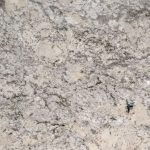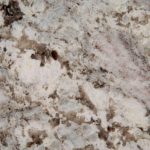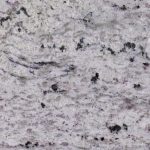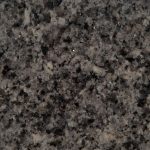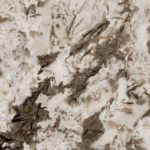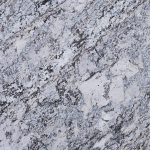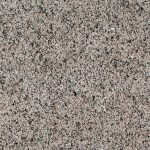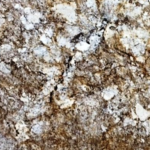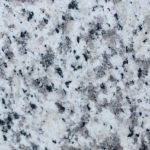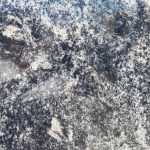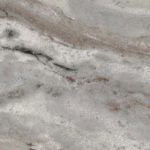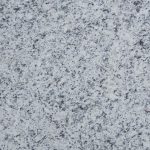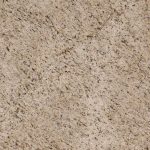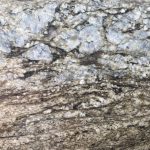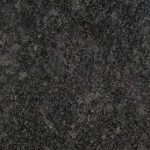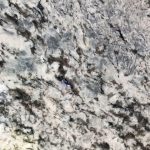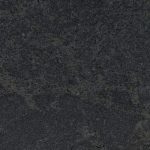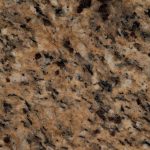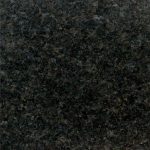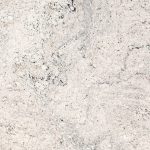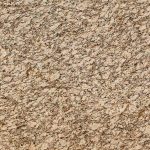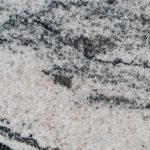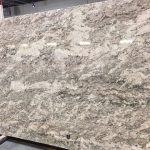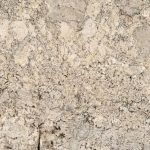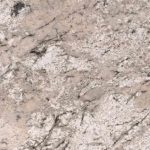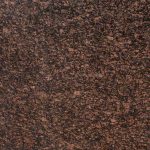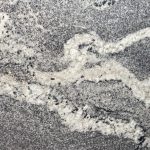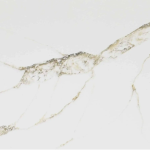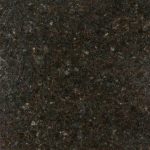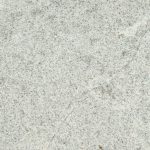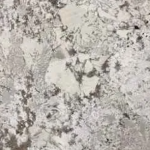
Wichita's Best
Granite Countertops
We have one of the largest selections of granite countertops in Wichita. We also carry quartz, marble and many other natural stones. We have more than 2000 slabs on-hand.
From project design to fabrication and installation, we are prepared to assist you every step of the way! We install granite and stone countertops for kitchens, bathrooms, bars, fireplaces and more. Residential, commercial and contractor services available.
Why Granite is a Great Choice
Granite is one of the most popular choices for a kitchen or bathroom countertop. It’s an extremely durable stone with a high-end look. Granite comes in a variety of colors and patterns that will match any esthetic.
- A typical kitchen in the Wichita area will cost between $2200 and $5800
- More chip and dent resistant than Marble
- More stain resistant than Marble
- Good heat tolerance
- Has an earthy, organic feel
- More of an elegant look than Quartz
- May require sealing and polishing periodically
- More unique patterns and natural color variations than Quartz
- Generally lower cost than Marble
- Porous, though mostly water resistant when sealed
- Easy to clean, but spill should be handled right away
- Very difficult to scratch (will dull knife blade if cut on frequently)
Let’s Talk About Your
Countertops
"*" indicates required fields
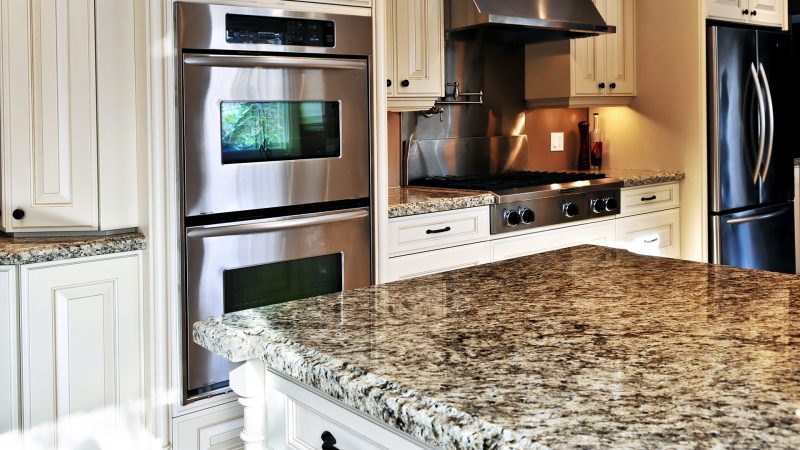
Granite Countertops
Our stock varies. Visit our showroom for our latest granite countertop stock.
Quality Upgrades
Stain Protection Warranty
Our stain warranty protects your stone for 15 years. If anything should stain it, we will come out to fix it. If for some reason we can’t fix it, we will replace the stone. If the stone is no longer available we will replace it with a stone of equal value. It’s a great piece of mind for your investment.
Dress Seam
Industry standard seams come together with a polyester resin that keeps them from separating. The resin can be matched to the color of the stone, but the seams are still visible and can be felt. With a Dress seam, we miter where the two pieces come together and smooth out the seam by hand, making it much smoother and much less visible. During installation our installers go back over the seams to make sure they are as smooth as possible.
Chip Minimizer
Our sink chip minimizer comes in handy for those little “accidents” where a pot or pan hits the edge a little too hard, causing a chip. With the sink chip minimizer we will come out and repair the edge around the sink any time you get one of those little chips. A one time repair can cost you $160 or more with each trip. This is definitely worth the upgrade!
Layout/Vein Matching
There are a lot of granite and quartz products that have veins that run through the slabs. With a Layout/Vein Match we take photo’s of your slab and lay them out in our design program so we can match up those veins for you or put precise areas of the stone on specific tops. Our designer will have you come in and view exactly how your slab will be cut and laid out.
Tear Out & Plumbing
We can tearout your old laminate, solid surface or stone tops, along with backsplash if you choose to use the same product. We can coordinate your plumbing needs, including disconnect and reconnect of sinks and cooktops.
Sinks, Faucets, & Fixtures
There is no need to shop around, we can coordinate your sink, faucets and fixtures for your project as well saving you time and making sure everything will be ready for your install.
Evening & Weekend Program
For customers that are building new homes we have special evening and weekend hours by appointment. Contact us for more information.
Granite Countertop Pricing
We offer simple pricing programs, in addition to custom plans.
Our entry level program retails for $59 per square foot. There is no extra charge for sink or cooktop cutouts. All material is 3cm thick. We offer 6 colors of Granite at this price point.
Colors include: Dover White, Black Pearl, New Venetian Gold, Santa Cecilia, Giallo Ornamental and Uba Tuba.
We also offer a $72 per square foot plan that includes additional edge profiles and sink options. This plan has more than 10 Granite color options: Golden Dunes, Nero Orion Honed, Smokey Skies, Bianco Antico, Bonno, Silver Cloud, Thunderstorm, Indian Silver Pearl Polished, Indian Silver Pearl Iced, and Alpine valley
If these options aren’t what you’re looking for, we also provide completely custom pricing with unlimited features and options.
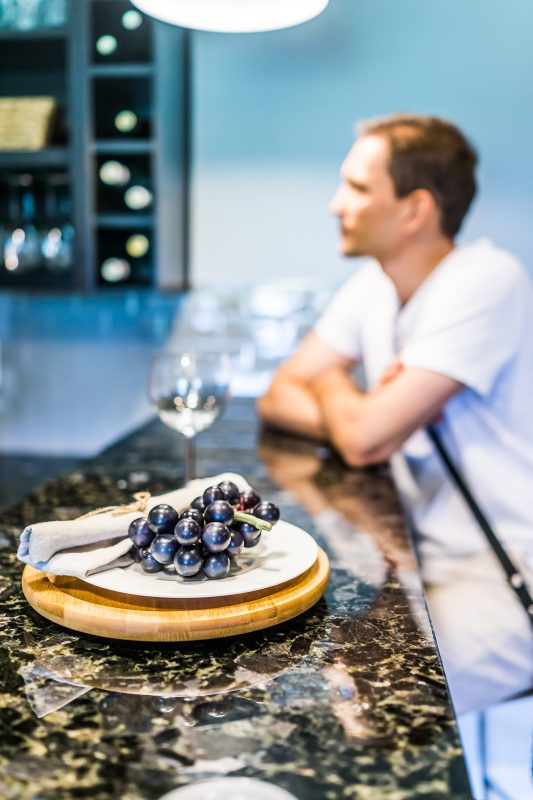
Granite Countertop FAQ
Every day we receive many questions about granite. If you’re considering granite countertops, or thinking about using the stone in a remodeling project, here are the answers to some of the most common questions we receive.
Does Granite have to be sealed?
Probably not! That is the short answer. But, this is a complicated question. First, The Marble Institute of America’s position is that most granite does not need sealing. It is of a dense enough material to be frost proof, or have a water absorption rate so low that it will not entertain a damaging amount of water in case of a freezing temperature. Will sealing improve this status? Possibly, but only minimally so. Most granite is very stain resistant so what are we trying to improve?
With that being said, some granite will benefit from sealing. That is why we are here. We take a look at all of the stones and granite we fabricate. If it needs a sealer, we will seal it for you. The general rule we use is “if water darkens the stone”, we believe it needs a sealer. A little bit of common sense goes a long way.
Why not just seal everything? Well, resin coating is a process that slab fabricators have developed over the last 5 to 10 years. This process applies an epoxy coating over the slabs, and fills the voids, veins, and fissures. The process was developed for stone that was normally so unstable it would never reach the marketplace in good enough shape to be of any use. The more unstable stones they sold, the more they use resin. Resin coating has become such a part of slab fabrication that many of the fabricators decided to resin coat all of the colors to keep things simple.
We do not know what kind of resins these fabricators are using. When you mix a sealer with an unknown resin, it may turn the resin “cloudy.” If you turn it “cloudy”, you have ruined the material. That is why this is best left for us to figure out.
What colors is granite available in?
There is an easily dispelled myth that granite doesn’t offer many color options. Come to our showroom and you’ll see this isn’t the case. We have 180 color samples on display. We have catalogs and books showing several hundred more. In our conversations with suppliers, who maintain libraries of different colors, they have told us they have 4,000 to 5,000 colors on record.
What are the differences between marble, granite, and quartz?
The rock forming the Earth’s crust falls into three generic groups: igneous, sedimentary, and metamorphic. Granite is usually classed as igneous rock derived from molten masses or magmas. Marble is a metamorphic rock resulting from the re-crystallization of limestone. Limestone and travertine are defined as sedimentary. Because the world of rocks and geology are such a vast and complicated field, the above descriptions are very general.
Please keep in mind that the following descriptions are very general and there are exceptions. Granite is a harder material, resistant to heat, chemicals, stains, and scratching. It is available in thousands of colors. General appearances range from fine to coarse graining, little to huge amounts of veining. Of all stones, granite is the most practical.
Marble is softer material with limited applications, unless the consumer is willing to accept the changes associated with use. Marble’s biggest asset is its appearance or look. Because of its mineral composition, nothing has the look of marble. Marble’s biggest drawback is the lack of stain, chemical, and scratch resistance.
Quartz countertops are man-made engineered stone countertops formed by combining 90% ground quartz (a natural hard mineral) with 8-10% resins, polymers, and pigments. This forms a very hard granite-like surface with similar properties of durability and being heat/scratch/stain resistant. Quartz will not be as reflective or shiny as polished granite. The appearance depends on how the quartz is ground: coarsely ground quartz produces a flecked appearance, while finely ground quartz produces a smooth look. With dyes, patterns, and coarseness all being controlled by manufacturers instead of mother nature, you have more control over consistency.
How do you clean granite countertops?
To clean granite, the number one rule is to be gentle. Use warm water and a dish soap mixture. Scrub gently with a soft cloth and rinse thoroughly. Dry the countertop with a soft towel or microfiber cloth. Never use windex, ammonia or bleach on granite. Always clean up spills quickly when the occur.
Some commercial cleaners are okay on granite, but they may break down the seal faster. If you’re using a commercial cleaner make sure it’s safe for granite. No vinegar based products, and no citrus. Avoid any abrasive cleaners.
Does granite harbor bacteria?
Absolutely not! Check out the website www.hitm.com. Dr. O. Peter Snyder of the Hospitality Institute of Technology and Management, using e-coli bacteria as its contaminating agent, found significant cleanability advantages of natural, unsealed, non-resin coated granite over all other commonly found countertop surfaces. Granite actually ranked #1 in cleanability when washed with a soap and water solution.
Will heat damage my granite countertop?
Not unless you subject it to a high heat source for a long period of time. If you take a casserole dish out of the oven, feel free to set it on your granite countertops. It will cool long before it will have any effect. If a frying pan gets too hot, you can set it on your granite tops without fear of damage. To get a little on the technical side, it takes an 80 to 90-degree difference within your granite countertops to cause enough thermal stress to cause a crack. Something like a heat lamp left on may do it. But, it will have to be left on for several hours to cause a problem. If you heat a piece of granite uniformly, it will take many hundreds of degrees before any problems arise. Please note granite tops will draw the heat from food dishes or a delivered pizza very quickly.
Does granite contain radon gas?
Radon is a naturally occurring gas generated by the decay of trace amounts of uranium found in the Earth’s crust throughout the world. It is an unstable gas that quickly breaks down and dissipates in the air.
Research has proven that a typical granite countertop produces less than one atom of radon in one year. We are exposed to more radon from concrete, cement, sheetrock, and the outdoor air we breathe everyday than from a granite countertop. The scientist, Maurizio Bertoli, who researched and wrote the article “RADON IN GRANITE…What a crock of cheap salesmanship”, suggested that if we wanted to reduce our exposure to radon, we should build an airtight house made from granite!
Can you cut directly on granite countertops?
Granite is very hard and not likely to scratch due to using a knife on the surface.
While knives will not scratch the stone, cutting directly on the countertop is generally not recommended for a couple of reasons. First, it will make your knives dull. Second, acidic substances found in many foods can potentially penetrate the stone and cause discoloration.
Also note, any material harder than granite can cause scratches and dings. Diamond jewelry, sapphires, quartz and products that contain silica sand for example can scratch granite.
Do granite countertops have seams?
Granite slabs are often about 10 feet long, if your countertop layout calls for continuous sections of stone longer than the slab, then yes, you will have some seams. The visibility of seams depends on how many unique slabs are used on your project, and how each slab is cut. With good planning, the layout of the stone will account for matching the color and pattern of the granite so seams are not noticeable. The placement of the seams within the room are also important. You’ll want to place seams in locations where they are naturally hidden, and in a way that the eye is not drawn to them. Granite countertop seams are joined with a strong epoxy that is mixed with a color similar to the stone. After the seam created, the are is smoothened and only a thin line should be seen. It is common to have a one or two of seams in an averaged size kitchen.

